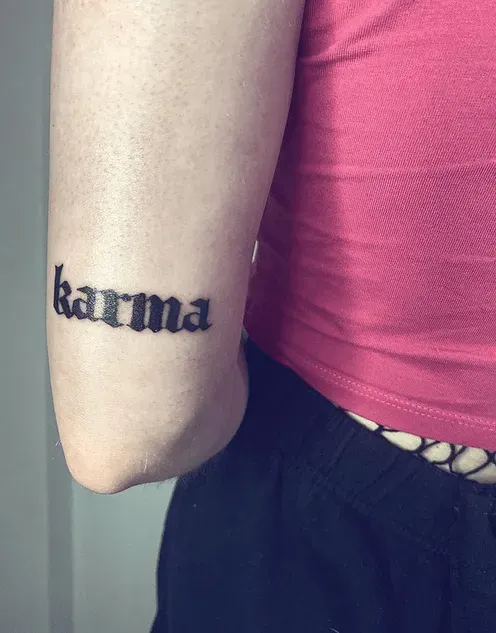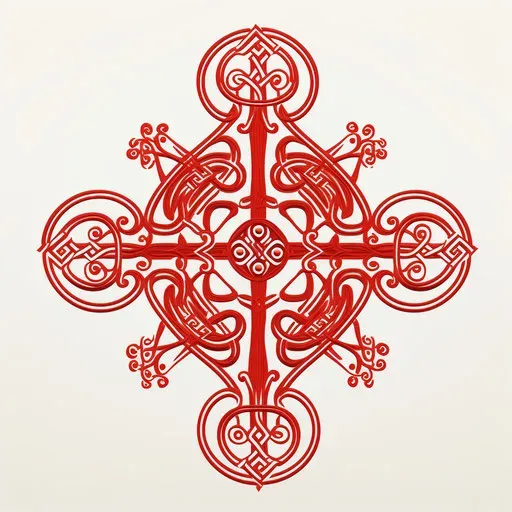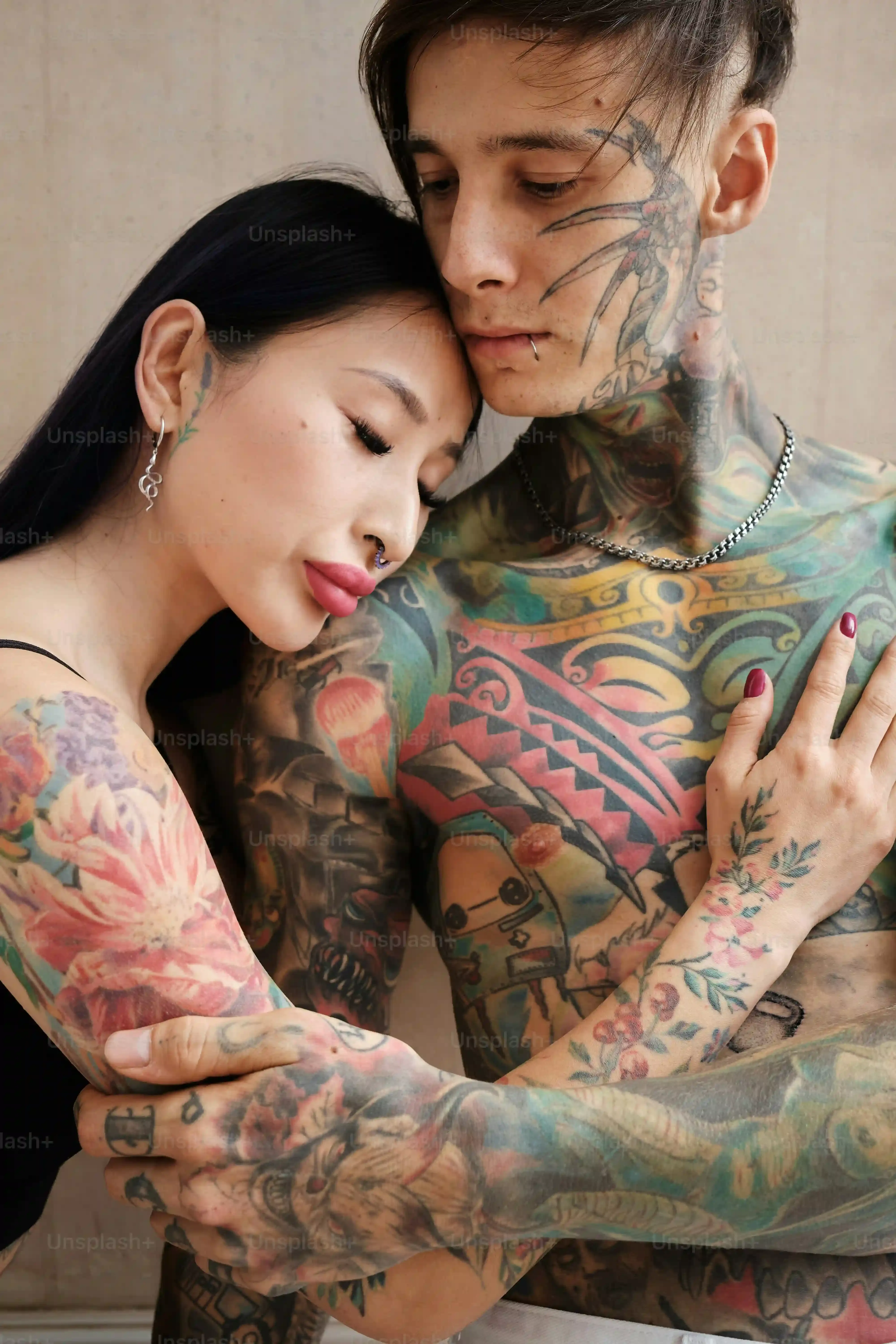Table of Contents
Thinking about getting inked? Maybe you’ve seen those cool symbols floating around and heard whispers about putting good energy out there. It’s true, tattoos aren't just pretty pictures anymore; they often carry deep meaning for the wearer. One concept that pops up a lot in the tattoo world is karma. People are genuinely curious about whether theirtattoo designs karmacan actually affect their future. Does inking a symbol of cause and effect really nudge the universe in your favor? Or is it just a neat design with a philosophical twist?
So, What's the Deal with Tattoo Designs Karma?
So, What's the Deal with Tattoo Designs Karma?
Beyond the "What Goes Around" Mug
let's talk about this wholetattoo designs karmathing. You see it everywhere now, right? People are getting inked with symbols they believe represent the idea of cause and effect, the universe balancing the scales. It's way more than just the cheesy phrase on a coffee mug. Folks are genuinely thinking about how their actions, and maybe even the symbols they permanently etch onto their skin, might play a role in what comes back to them.
It’s like, if you put good vibes out there, maybe the universe sends some back. If you're a jerk, well, watch out for that cosmic boomerang. Getting a karma tattoo is, for many, a very public declaration of this belief system. It’s not just a cool piece of art; it’s a statement about how they view the world and their place in it.
Wearing Your Intentions on Your Sleeve (Literally)
Why ink this stuff onto your body? For a lot of people, it's about making a commitment. Getting a tattoo isn't exactly a spur-of-the-moment decision for most. Putting a karma design on your skin can be a constant reminder to live a certain way – to be mindful of your actions, your thoughts, even your intentions. It's like a personal accountability partner you can't ignore.
Some folks believe the very act of getting the tattoo, with the intention behind it, is part of the karmic process itself. They see the ink as a physical manifestation of their dedication to living a life of good karma. It’s a pretty heavy concept when you think about it – essentially wearing your moral compass for the world to see.
"A tattoo is a story told in ink. A karma tattoo is a promise whispered to the universe."
Cultural Roots and Modern Ink
The concept of karma isn't new; it's deeply rooted in Eastern philosophies like Buddhism and Hinduism. It’s about the cycle of action, reaction, and consequence. Bringing that into the modern world of tattoo designs is a fascinating blend of ancient wisdom and personal expression. It shows how these old ideas still resonate and how people are finding new ways to connect with them.
Different cultures and traditions have their own symbols associated with karma or similar concepts of fate and destiny. When people choosetattoo designs karma, they often look to these symbols for inspiration, adapting them into designs that feel personal and relevant to their own journey. It’s a way of tapping into a vast pool of shared human understanding about life’s interconnectedness.
Popular Tattoo Designs Karma and Their Meanings
Popular Tattoo Designs Karma and Their Meanings
The Circle of Life (and Consequences): The Ouroboros and Mandalas
so you're diving intotattoo designs karmaand wondering what symbols people actually get. One heavy hitter is the Ouroboros, that ancient image of a snake or dragon eating its own tail. It's been around forever, showing up in Egyptian stuff, Greek myths, and even alchemy. Why karma? Because it perfectly nails that cycle idea – creation from destruction, life feeding on itself, the constant loop of cause and effect. It’s a powerful, visual way to say, "Yeah, everything is connected, and what I do comes back around." It’s not exactly cheerful, but it is profound.
Then you've got mandalas. These intricate geometric patterns, often circular, are big in Buddhist and Hindu traditions. They represent the universe, wholeness, and often, a spiritual journey. People connect them to karma because navigating the complex path of life and understanding your place in the cosmic order is part of dealing with cause and effect. Getting a mandala can be a reminder to stay centered, to find balance amidst the chaos, and to remember that your actions ripple outwards through this universal pattern.
Simple Reminders and Direct Call-Outs: Sanskrit and Wheel Designs
Sometimes people go for something a bit more direct. The actual word "karma" written in Sanskrit is a popular choice. It's clean, instantly recognizable (at least to those familiar with the concept), and gets straight to the point. No need for metaphors; it's just the word itself, a constant, stark reminder inked onto the skin. It's like saying, "This is what I live by," without any artistic interpretation getting in the way. It's a no-nonsense approach to wearing your beliefs.
Another common design is the Dharmachakra, or the Wheel of Dharma. This symbol, with its eight spokes, represents the Buddha's teachings and the path to enlightenment. In the context of karma, it signifies the turning of the wheel of life, the cycle of birth, death, and rebirth, and the actions (karma) that drive this cycle. Each spoke can represent a part of the Eightfold Path, offering guidance on how to live a life that generates positive karma. It’s less about the abstract cycle and more about the *how* – how to act to influence that cycle.
Common Karma Tattoo Symbols and What They Often Signify:
- Ouroboros: Cyclical nature, infinity, self-reliance, cause and effect loop.
- Mandala: Universe, wholeness, spiritual journey, balance, interconnectedness.
- Sanskrit "Karma": Direct statement of belief, constant reminder of accountability.
- Dharmachakra (Wheel of Dharma): The Eightfold Path, moral guidance, the cycle of life and action.
- Hamsa Hand: Protection against negative energy, good fortune (often linked to attracting good karma).
- Lotus Flower: Purity, spiritual awakening, overcoming obstacles (rising above negative karma).
Real Talk: Do Tattoo Designs Karma Actually Influence Your Life?
Real Talk: Do Tattoo Designs Karma Actually Influence Your Life?
Beyond the Ink: Belief vs. Causality
let's get down to brass tacks. You've got the cooltattoo designs karmaon your skin, maybe it's a fierce Ouroboros or a serene mandala. Does that ink itself magically reroute cosmic energy to give you a promotion or save you from stubbing your toe? Probably not in any literal, physics-defying way. Believing your tattoo *causes* good things to happen feels a bit like believing wearing your lucky socks guarantees a winning lottery ticket. However, the *act* of getting the tattoo, the *intention* behind it, and the *constant visual reminder* it provides? That's where things get interesting. It can absolutely influence *your* behavior and mindset, and since your actions contribute to your reality, maybe that's where the real "karmic" power lies – not in the ink, but in the person wearing it.
Choosing Your Tattoo Designs Karma: Ink Wisely
Choosing Your Tattoo Designs Karma: Ink Wisely
Start with Soul Searching, Not Just Swiping
Alright, so you've thought about the heavy stuff – whether the ink actually *does* anything magical or if it's just a potent personal reminder. Now, you're actually considering getting one of thesetattoo designs karma. Before you even *think* about scrolling through Pinterest or flipping through flash books, hit the pause button. This isn't like picking out a new t-shirt. A karma tattoo should mean something deeply personal to you. What aspect of karma resonates most? Is it the idea of consequences for actions? The cycle of rebirth? The pursuit of living a virtuous life? Spend some time figuring out *why* you want this on your body forever. What specific principle are you trying to honor or remind yourself of?
Don't just grab the first cool-looking symbol you see. Understand its origins. Does it fit your personal philosophy? Is it culturally appropriate for you to wear? Slapping a sacred symbol on your body just because it looks cool without understanding its weight is, frankly, a bit tacky and misses the whole point. It’s like wearing a band t-shirt for a band you’ve never heard of – poser move, but permanent.
Research the Symbols and Find Your Artist
Once you have a clearer idea of the *why*, start digging into the *what*. We touched on some popular symbols like the Ouroboros or the Dharmachakra, but there are countless others across different traditions that relate to fate, consequence, or balance. Look into them. Read about their historical and spiritual significance. Does a particular symbol speak to you more than others? Maybe a specific phrase or a unique artistic interpretation feels right. Don't be afraid to mix and match elements or work with an artist to create something truly unique that captures your specific understanding of karma.
Speaking of artists, this is crucial. You wouldn't ask your neighbor who dabbles in watercolors to paint a masterpiece on your living room wall, right? Same goes for tattoos, especially one with significant meaning. Find an artist whose style you admire, who has experience with the kind of design you're considering, and who you feel comfortable talking to about the meaning behind your choice. A good artist can help translate your abstract ideas into a stunning piece of art that you’ll be proud to wear.
Questions to Ask Yourself Before Getting a Karma Tattoo:
- What does karma truly mean to *me*?
- What specific principle or reminder do I want the tattoo to represent?
- Which symbols or designs historically represent these ideas?
- Are there any cultural sensitivities I need to consider?
- Where on my body do I want this reminder placed?
- Have I researched artists and found one skilled in the desired style?
- Am I prepared for this symbol to be a permanent part of my identity?
Placement Matters: Where Will Your Karma Live?
you've got the concept, you've got the design (or at least a solid idea), and you've found an artist. Now, where does it go? Placement isn't just about aesthetics; it can also influence how *you* interact with the tattoo and how visible it is to others. Do you want it somewhere you see every day, a constant personal reminder on your forearm or hand? Or is it something more private, a symbol on your back or ribcage that's just for you? Some people choose placement based on where they feel the energy of karma resonates in their body, though that gets a bit woo-woo for some. The size and complexity of thetattoo designs karmawill also dictate where it can realistically fit and look best. A large, intricate mandala needs space, while a small Sanskrit word might fit nicely on a wrist or ankle. Think about your lifestyle, your job, and how you want the tattoo to function in your daily life before settling on a spot.
So, Does Your Karma Tattoo Actually *Do* Anything?
We've looked at the popular symbols, the ideas behind karma, and the hope many people place in these designs. While a tattoo won't magically erase past mistakes or guarantee smooth sailing, the power of your tattoo designs karma likely lies not in some mystical cosmic force triggered by the ink itself, but in what it represents to *you*. It's a constant visual cue, a personal contract you make with yourself. It can remind you to think before you act, to strive for positivity, or simply to acknowledge the interconnectedness of things. Whether that reminder actually shifts your behavior and, consequently, your future experiences, is entirely up to the person looking in the mirror. It's less about the ink having power *over* you, and more about you using the ink as a tool *for* you.